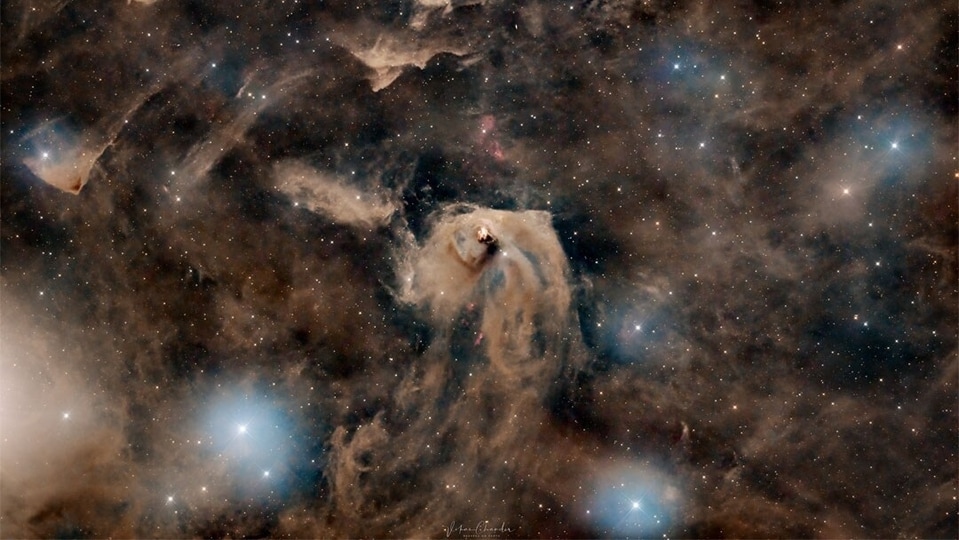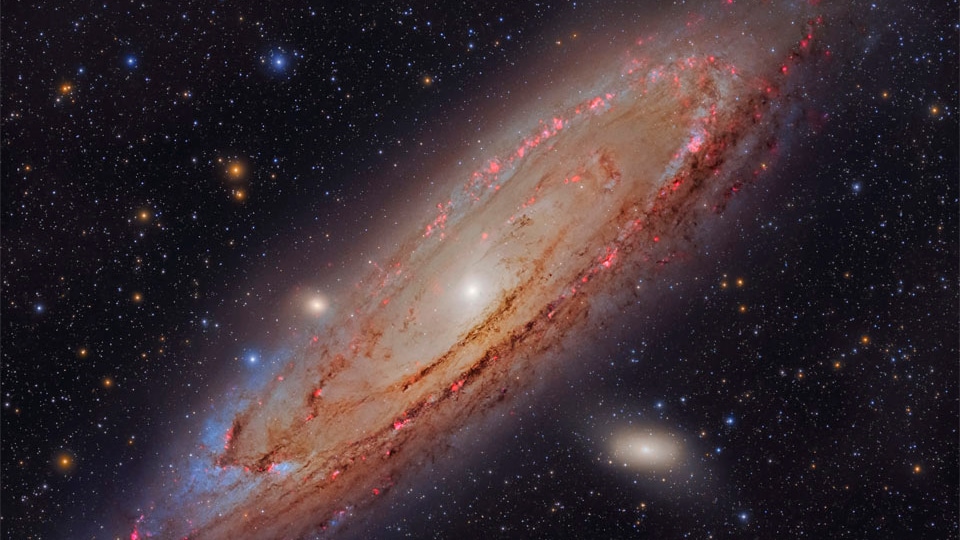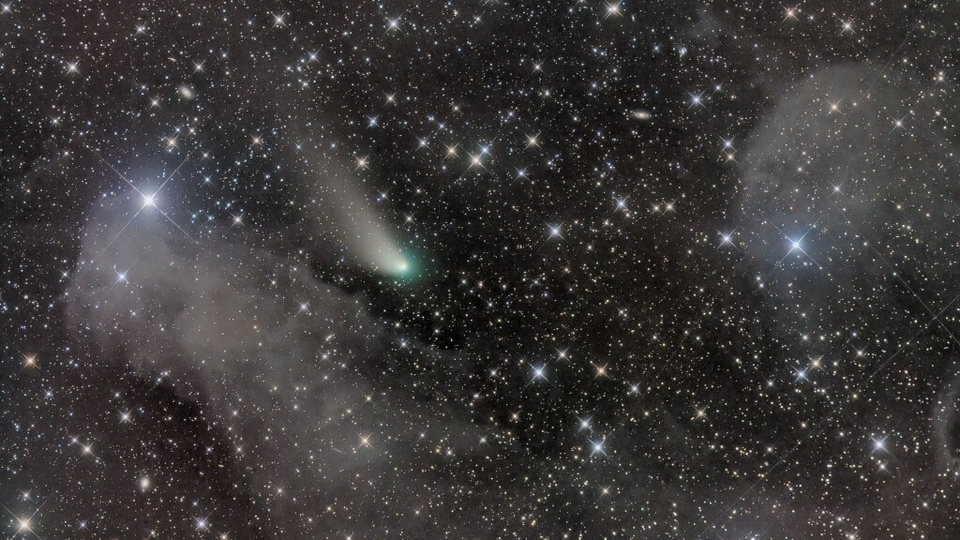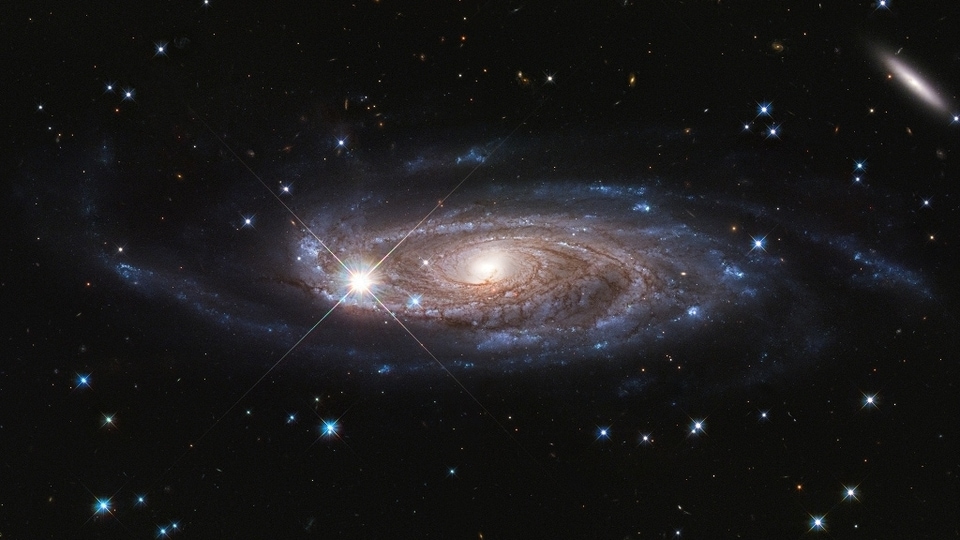Historic! OLDEST Galaxy found by James Webb Space Telescope
NASA's James Webb Telescope has snapped the four most distant, and therefore, oldest galaxies.






 View all Images
View all ImagesSince the launch of NASA's James Webb Telescope, it has never failed to surprise with its unparalleled discoveries. From exoplanets, and distant galaxies, to breathtaking views of Nebula. James Webb Space Telescope has made very impressive discoveries. Now, the James Webb Telescope has made another historic discovery by detecting the oldest known galaxy. According to recent studies published in the Nature Astronomy journal, astronomers have "unambiguously detected" four of the most remote galaxies ever observed.
These galaxies date back to a time when the universe was only 2 percent of its current age, approximately 300 to 500 million years after the Big Bang, which occurred 13 billion years ago. Among the four remote galaxies detected, the oldest and most distant one is named JADES-GS-z13-0, which formed a mere 320 million years after the Big Bang, Weather.com reported.
Stephane Charlot, a co-author of the two new studies and researcher at the Astrophysics Institute of Paris, claimed that this is the farthest distance ever observed by astronomers. Additionally, the James Webb Space Telescope confirmed the existence of another galaxy named JADES-GS-z10-0, which was first observed by the Hubble Space Telescope and dates back to 450 million years after the Big Bang.
These galaxies discovered by the Webb Telescope are from the "epoch of reionization," a time when the first stars are believed to have emerged after the cosmic dark ages brought about by the Big Bang.
Tech behind the discovery of the oldest galaxy
The discovery of these galaxies has been possible due to the James Webb Space Telescope, as it has exceptional ability to detect infrared light through its NIRCam instrument.
Do you know?
These galaxies discovered by the Webb Telescope are deficient in metals, which aligns with the standard model of cosmology. This is because of the fact that as we approach the Big Bang, there is less time for the formation of metals.
Catch all the Latest Tech News, Mobile News, Laptop News, Gaming news, Wearables News , How To News, also keep up with us on Whatsapp channel,Twitter, Facebook, Google News, and Instagram. For our latest videos, subscribe to our YouTube channel.

























